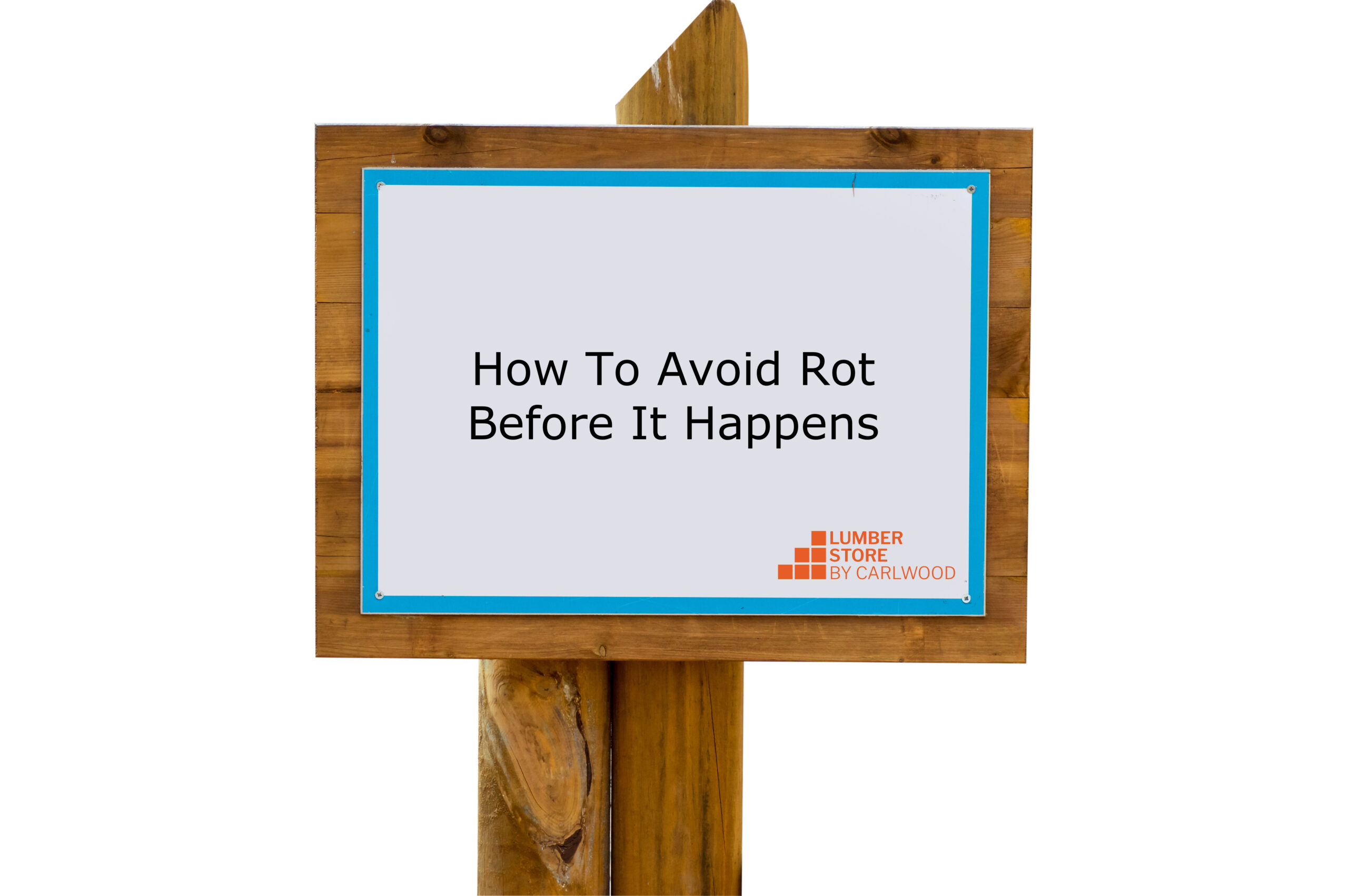
So you’re planning on replacing the rotten fence on your property, make sure you increase the lifetime value of your new fence by helping to prevent rot.
Exposure to moisture in the soil is one of the biggest reasons fence posts will rot, but here are 4 suggestions to help avoid rot:
- Choose a rot resistant species. Yellow Cedar is naturally rot resistant, this means when it is installed it will last longer than other species (Douglas Fir, for example) in terms of strength and resistance to decay. This is step one to building a long-lasting fence.
- Start with dry posts. Using green (wet) posts will increase the likelihood of rot forming sooner than if dry posts are installed. Let the posts dry with plenty of air circulation before installation to reduce the internal moisture content.
- Install fence posts with plenty of drainage. When planning installation, include plenty of drainage rock (gravel) in the bottom of the fence post holes. This encourages the water to drain away from the bottom of the posts so the wood won’t be in any standing water. If the posts are being set into a concrete footer, shape the top of the concrete to slope away from the base of the post. Pooling water will increase the speed that rot sets in to wood.
- Treat the posts before installation. While this may not be a suitable option for all locations and projects, but treating the bottom part of posts that are installed in the ground will reduce the speed of rot. Keep in mind that it is not advised to use treated lumber around vegetable gardens or near anything you might grow to eat.
Wood won’t last forever, but these four suggestions are a great way to increase the longevity of all of your outdoor wood projects.